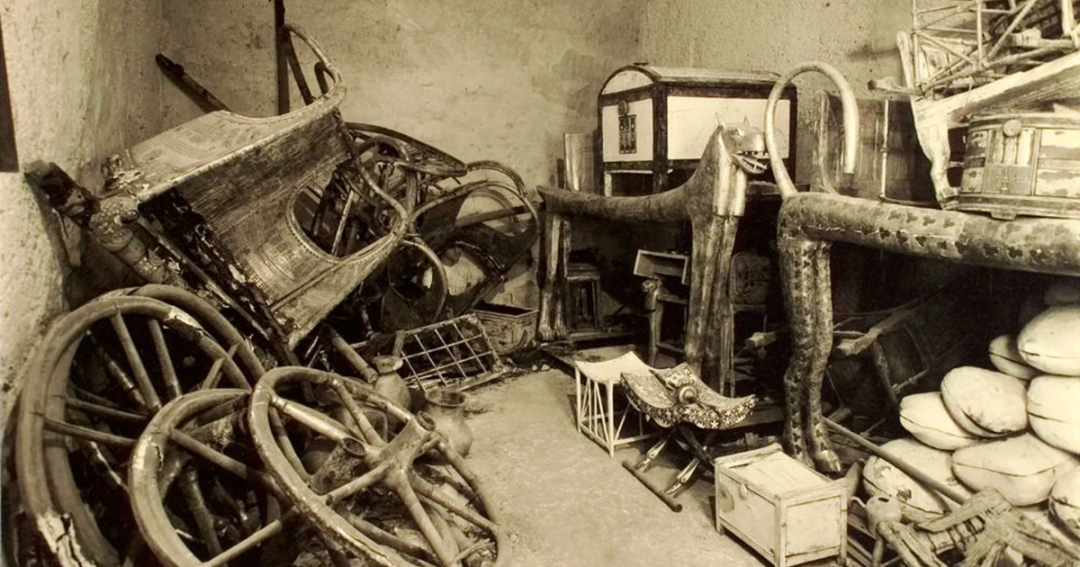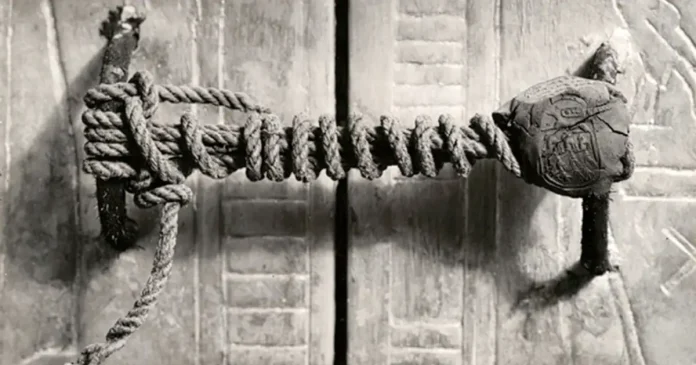On February 16, 1923, British archaeologist Howard Carter and his financier friend George Herbert first opened the nearly intact tomb of the 18-year-old Pharaoh Tutankhamun in the Valley of the Kings (Luxor, Egypt). On that same day, Carter’s canary was eaten by a snake, and two months later, Herbert died in Cairo, allegedly from blood poisoning following an infected mosquito bite. These events sparked rumors of a “mummy’s curse” affecting those who disturbed the pharaoh’s rest.

The media played a significant role in propagating this legend. Prestigious newspapers like The Times and the New York World published speculative pieces, including comments from novelist Marie Corelli, suggesting that dire consequences awaited those who entered sealed tombs. Carter, aiming to prevent others from conducting independent research within the tomb, did not publicly refute these claims, possibly believing that educated individuals would dismiss them as mere myths. However, the public fascination with the supposed curse only grew.
Subsequent deaths of individuals, even those only tangentially connected to the excavation, fueled the rumors. For instance, on January 15, 1924, reports emerged of the death of Archibald Douglas-Reid, who had allegedly performed X-rays on the pharaoh’s mummy. Such incidents reinforced the belief in a curse. However, key figures like Carter himself lived long after the tomb’s opening; Carter died in his London apartment on March 2, 1939, at the age of 64.
Rational explanations have been proposed to debunk the curse myth. George Herbert, for example, was 56 at the time of the excavation and had been in poor health due to a severe car accident. His death, whether from an infected mosquito bite, respiratory infection, or fever, can be attributed to natural causes rather than a supernatural curse.
In summary, the legend of Tutankhamun’s curse appears to be a combination of coincidental events, media sensationalism, and public fascination with the mystical aspects of ancient Egypt.

